The Ruined Ganesha Temple
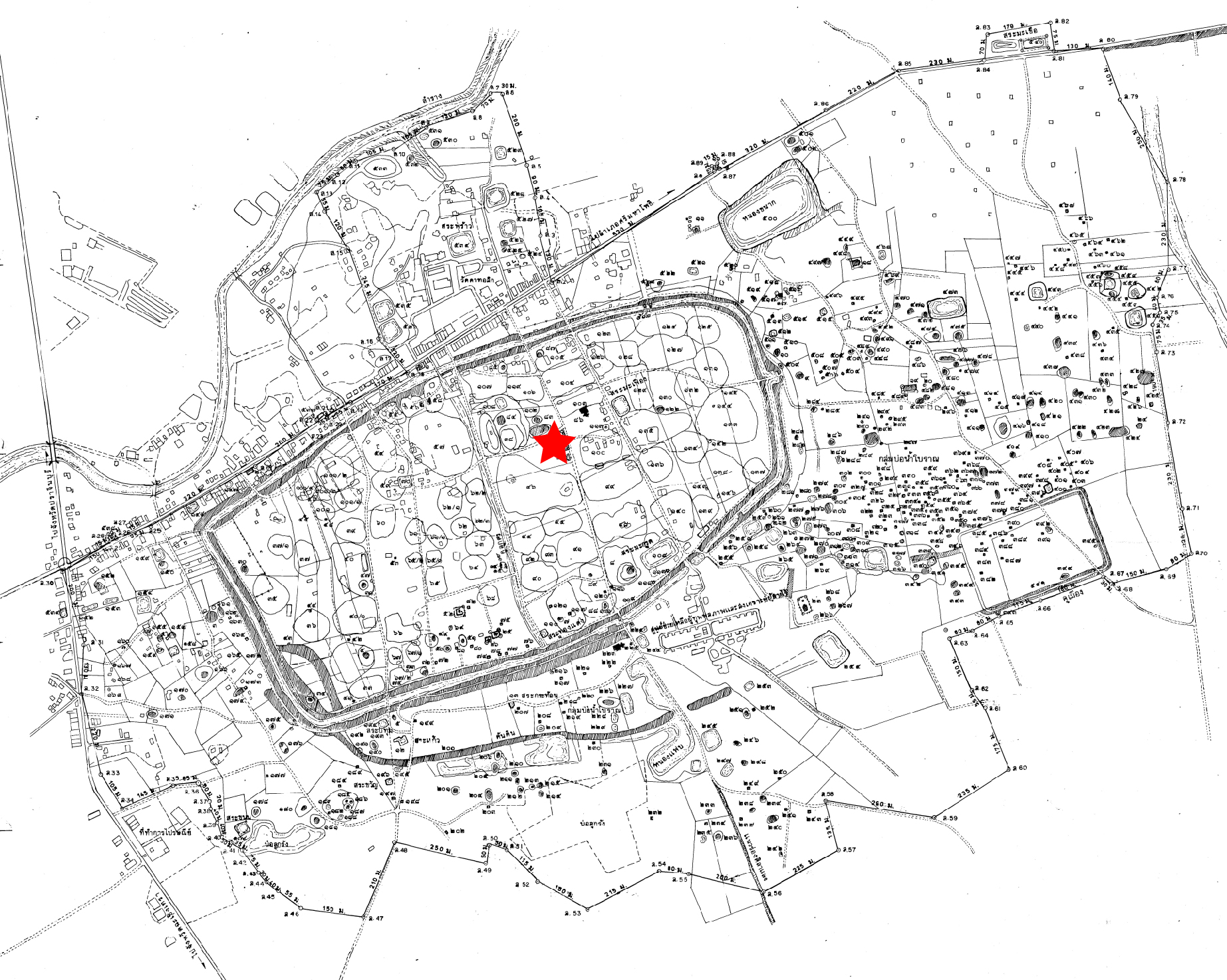
Map of Si Mahosot ancient town show the location of The Ruined Ganesha Temple ![]()
The largest Hindu temple (The ruined No.22) with 17 laterite bases, built around the central town of Si Mahosot, was principally devoted to Ganesha, the elephant-headed patron deity of writers and traders, and remover of obstacles. The stone image of him with a ‘snanadroni’ (ablution pedestal), had been erected on a worship-centred base, and is regarded as one of the biggest and earliest Ganesha depictions in Southeast Asia, dated to the late 6th to 7th century CE.
This sandstone sculpture was found damaged by the archaeological excavation in 1968. It has been recently conserved and exhibited at Prachin Buri National Museum.
Other bases were likely for placing minor deities, or used as an altar for ritual performances, or a platform for devotees, etc. This Hindu temple has situated at least 800 years as some artifacts were found by archaeological excavation, dated to 13rd to 14th CE.
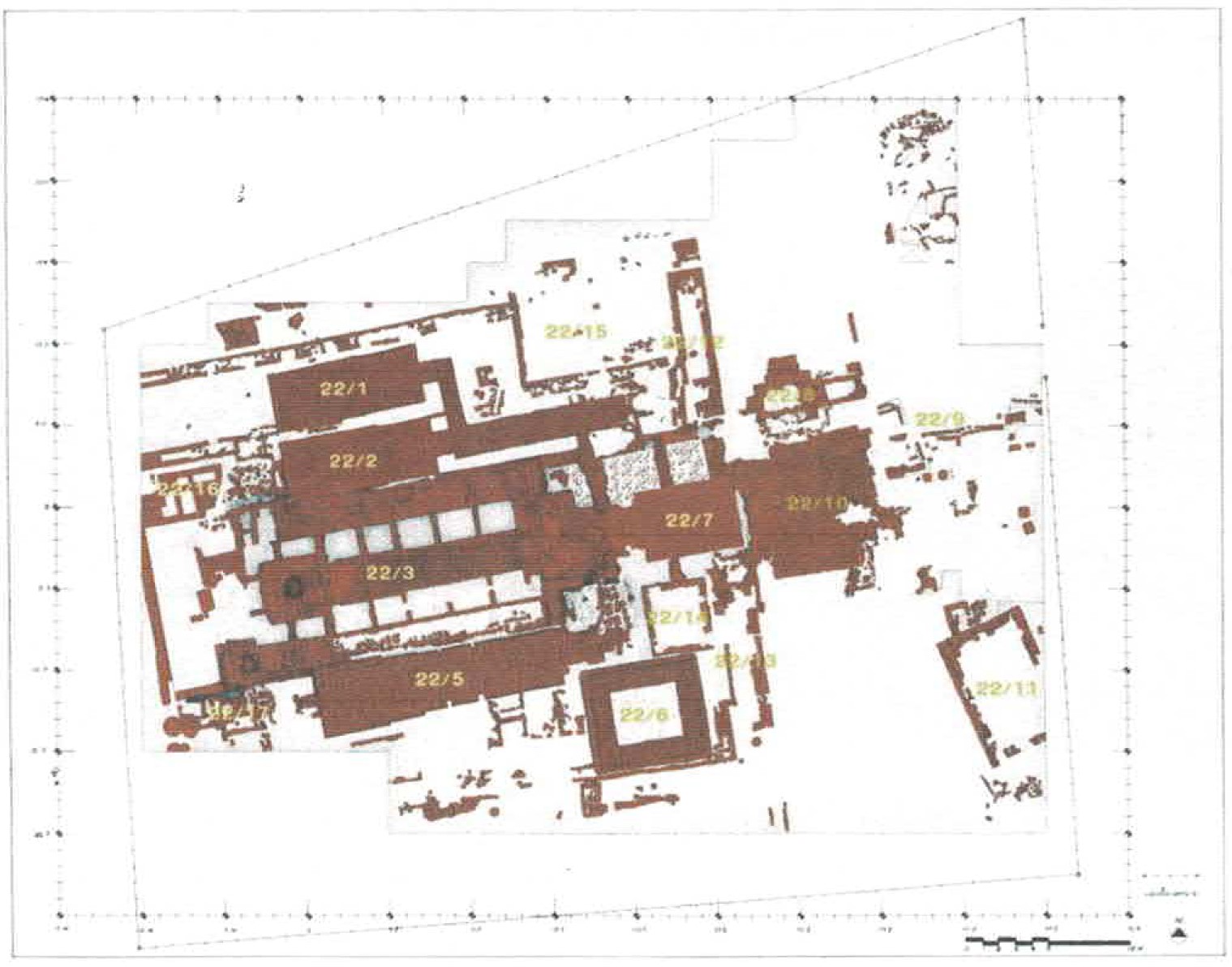
Plan of The Ruined Ganesha Temple after archaeological excavation
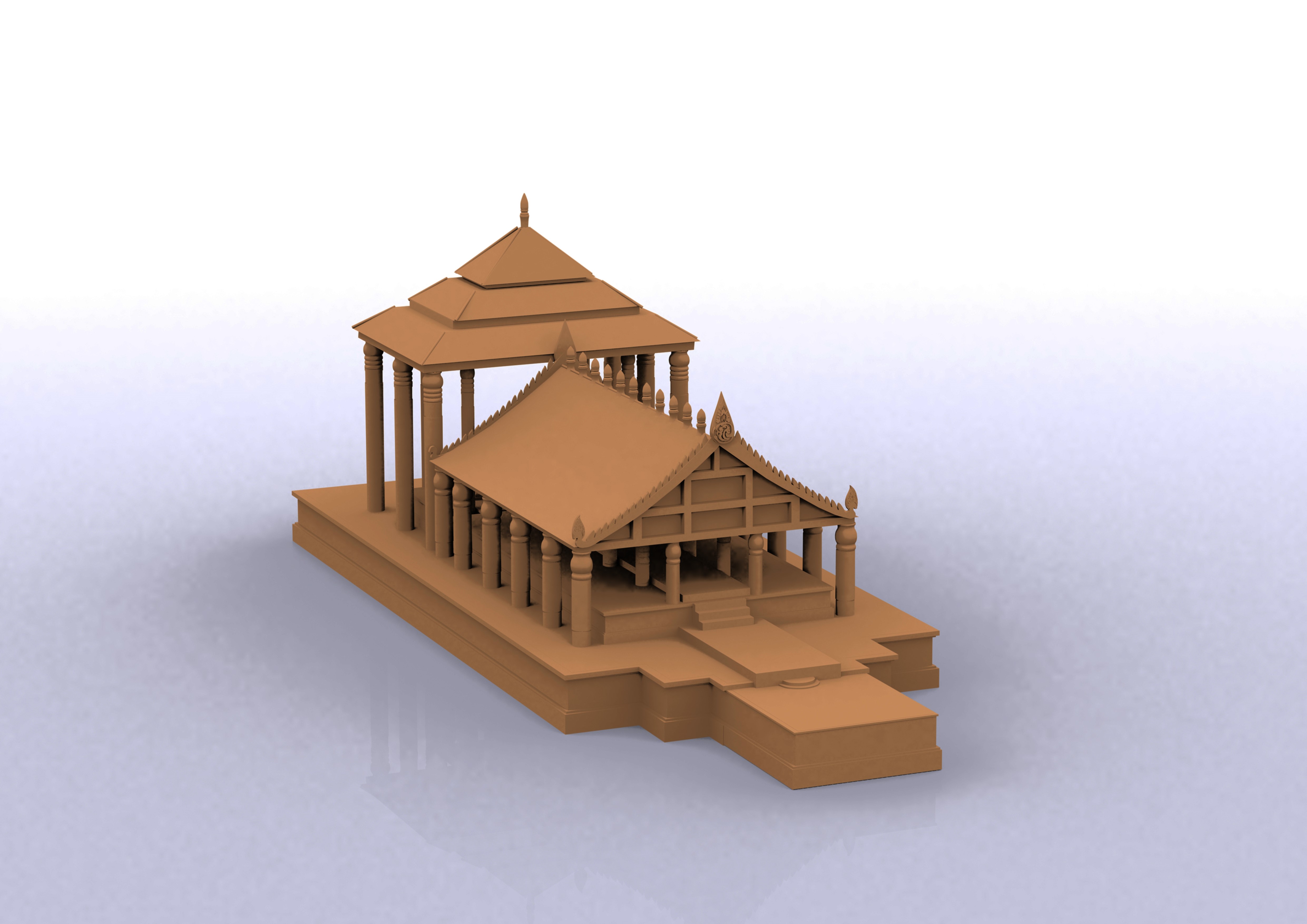
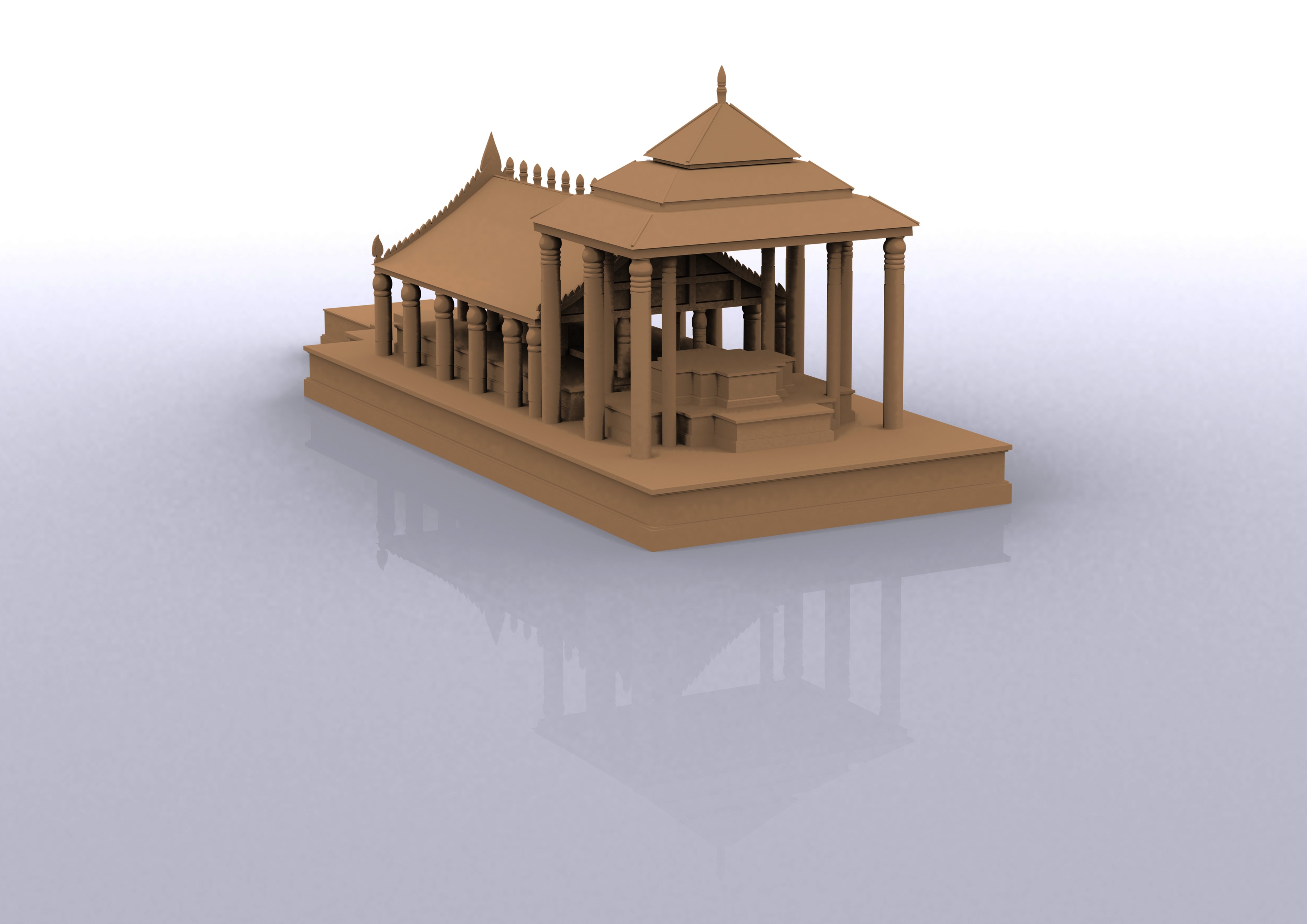
The reconstructed sketch of the Ganesha shrine
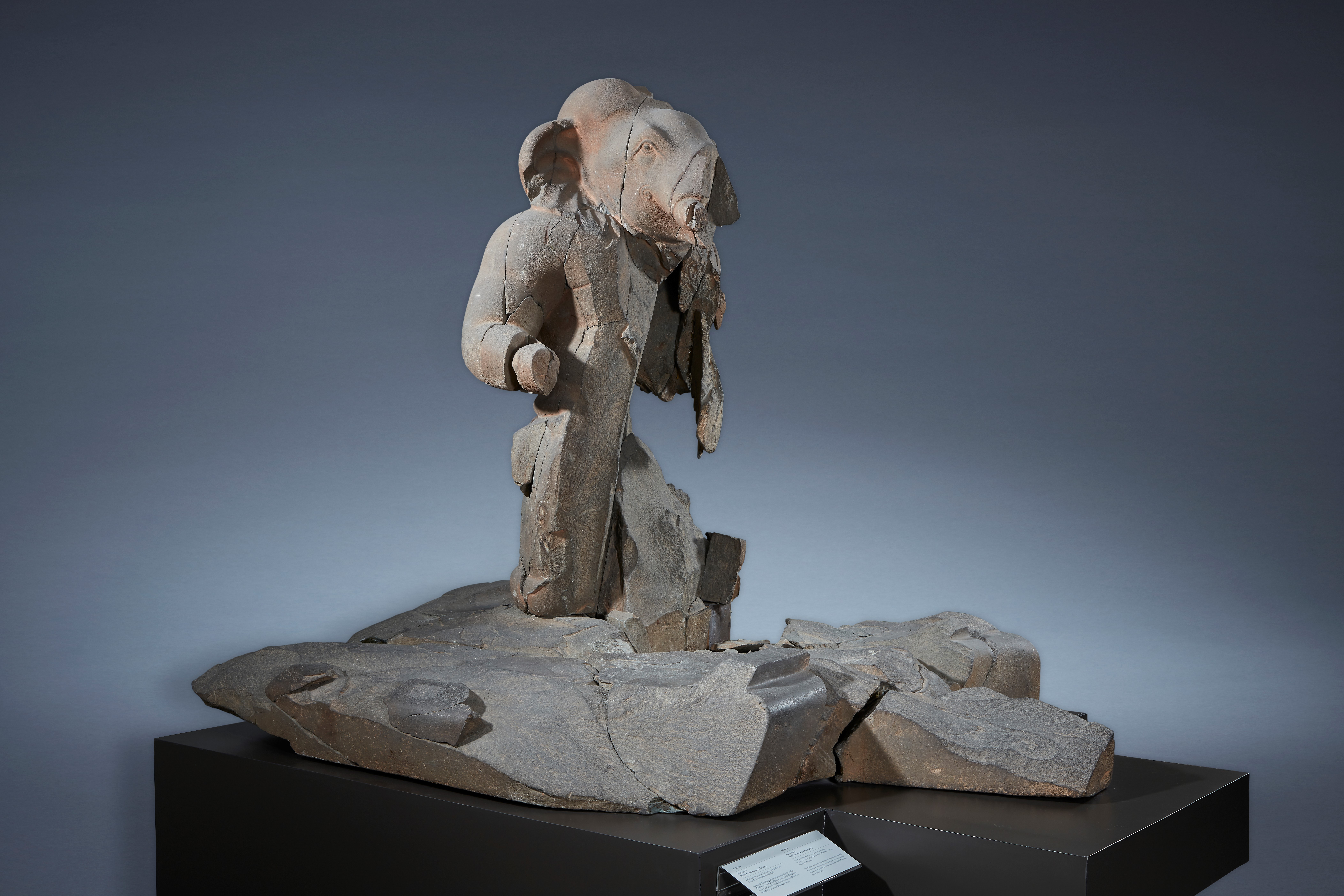
The Ganesha sculpture displays at Prachin Buri National Museum
According to the Royal Gazette no 52, dated March 16th, 1935, The Fine Arts Department announced that this monument has been listed as the nation’s historic site.


